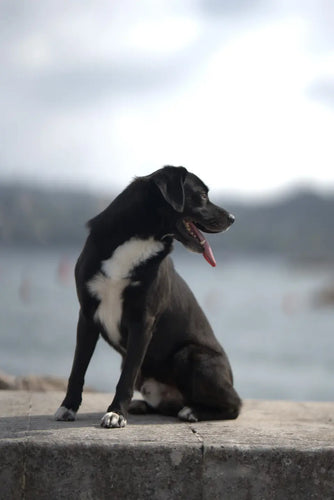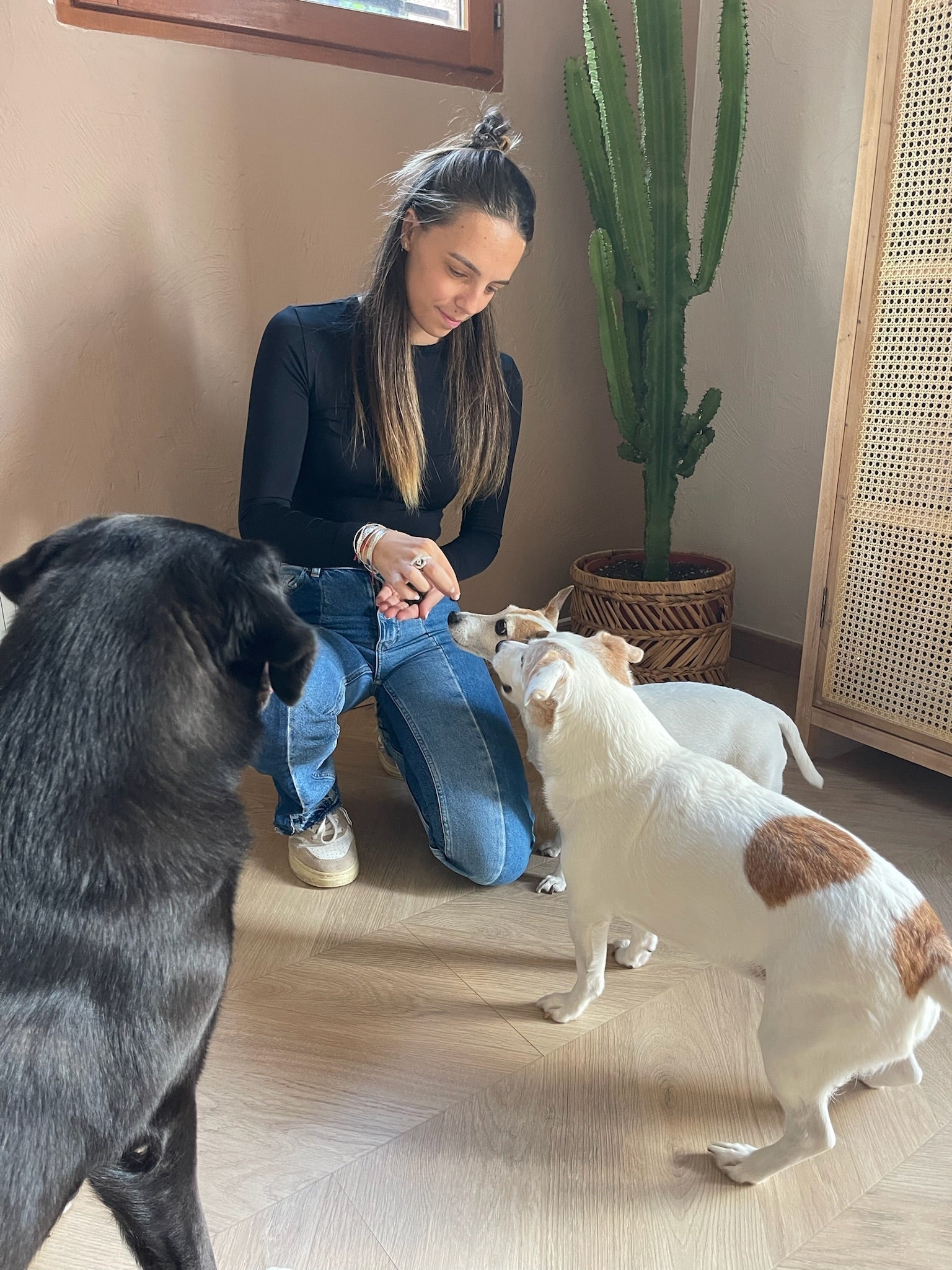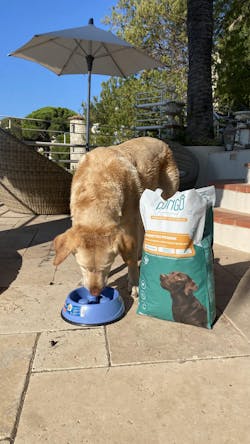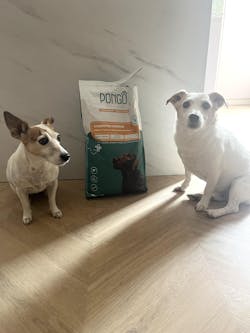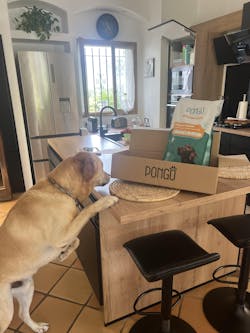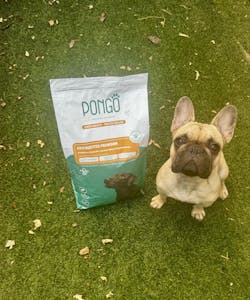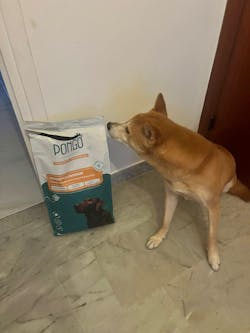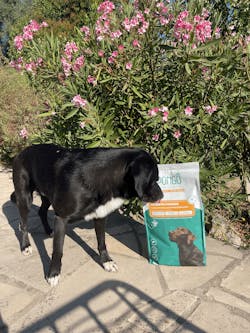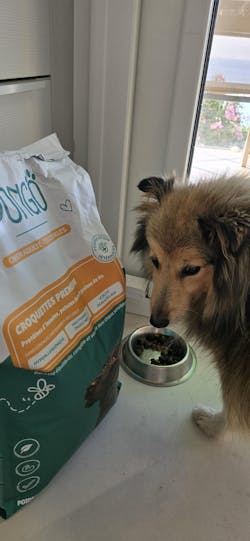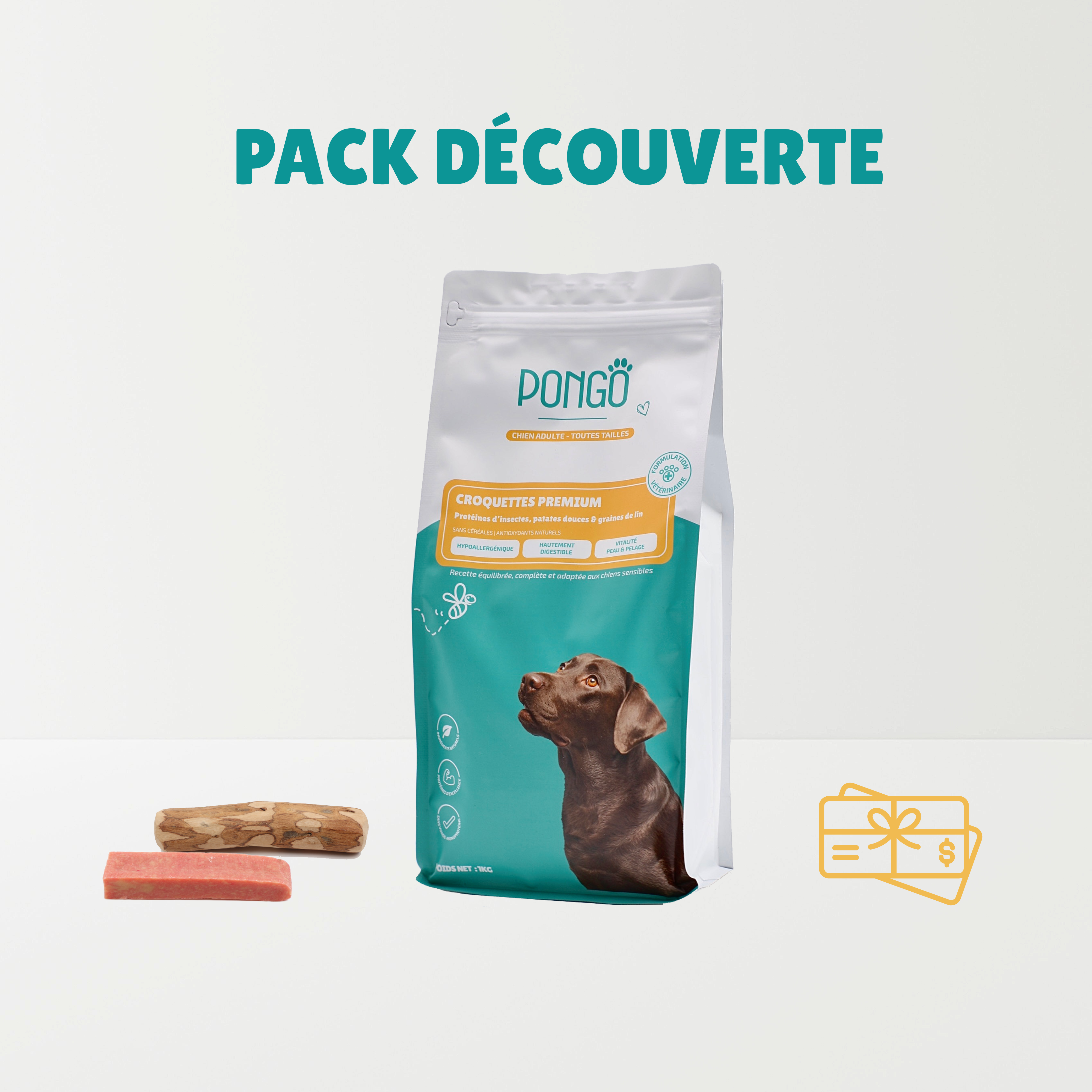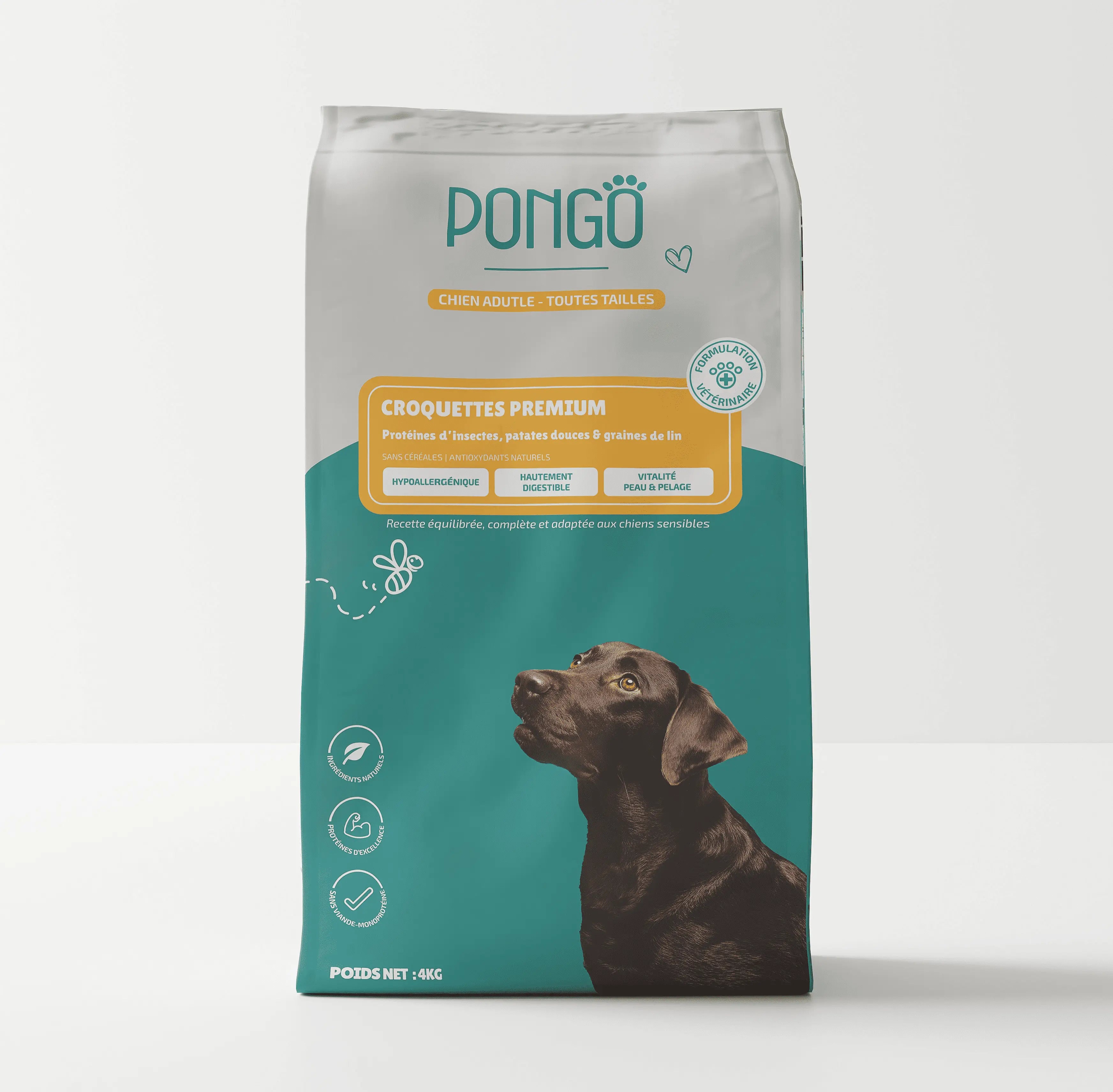How to Switch Your Dog’s Kibble: The Important Step of Dietary Transition
When changing your dog’s diet, you’ve probably heard about the importance of a gradual food transition. This means slowly replacing your dog’s old food with the new one. This process is essential to prevent digestive issues and ensure your pet’s overall health.
When is a dietary transition necessary for your dog ?
There are several situations that may require a change in your dog’s diet and therefore a proper food transition :
-
Improving nutritional quality
-
Adjusting to a different budget
-
Switching to a homemade or BARF diet
-
Lifestyle changes: for example, your dog goes from being inactive to active
Sometimes, a veterinarian may recommend a specific diet to meet your dog’s particular needs:"
-
Hypoallergenic diet for dogs with food allergies
-
Low-calorie food for overweight dogs
-
Diet for neutered/spayed dogs
-
Age-appropriate kibble (puppy, adult, senior)
-
Therapeutic diets if the dog develops a medical condition (such as kidney disease, diabetes, joint problems, etc.)
Why is a dietary transition necessary ?
A dog’s digestive system is sensitive to sudden changes in diet. Made up mainly of the stomach and small intestine, it relies on a delicate microbiome to function properly. This microbiome takes time to adapt to new foods, which is why a gradual transition is essential to avoid digestive discomfort. A well-managed dietary transition allows the gut microbiota to slowly adjust to the new food, significantly reducing the risk of issues.
The Risks of a Poorly Managed Dietary Transition
A sudden change in food can have several negative consequences for your dog’s health:
1 – Digestive issues
Abrupt dietary changes disrupt the balance of the intestinal microbiome, which can lead to diarrhea, vomiting, or abdominal pain.
2 – Stress and loss of appetite
Some dogs become stressed by a change in food and may lose their appetite. They might also resist eating their new kibble.
We recommend moistening the new kibble to enhance its aroma and taste, and ensuring a gradual food transition is carefully followed.
3 – Long-term health problems
A poorly executed transition can lead to nutritional imbalances or deficiencies, increasing the risk of food intolerances especially to animal proteins.
How to Successfully Transition Your Dog to a New Diet
The golden rule for a successful dietary transition is gradual change.
Here’s a practical 5-step guide to help you switch your dog’s food smoothly:
Step 1: Prepare the new food
Make sure the new diet suits your dog’s specific needs : age, size, weight, activity level, food sensitivities, or health conditions.
Step 2: Gradually introduce the new food
Follow this transition schedule over 7 to 10 days:
-
Days 1–2 : 75% old food, 25% new food
-
Days 3–4 : 50% old food, 50% new food
-
Days 5–6 : 25% old food, 75% new food
-
Day 7 : 100% new food
Don’t worry if your dog’s stools aren’t “perfect” during the transition. We recommend continuing the new food for one week to see if the situation improves.
If it doesn’t, it could mean the new food isn’t suitable for your dog.
Step 3: Adjust the transition if needed
Some dogs especially those with sensitive digestion may need a longer transition period. Feel free to adapt the schedule to your dog’s tolerance.
Extra tips :
-
💧 Keep your dog well-hydrated : Water helps ease digestion.
-
🔄 Avoid frequent food changes : Dietary consistency is better for digestive health.
-
🩺 Watch for allergies : If you suspect a food allergy, consult your vet.
-
🍽️ Adjust the portions : Not all kibbles have the same calorie density. Always refer to the feeding chart of the new food to give the right amount.
Find the daily feeding recommendations for PONGO kibble based on your dog’s weight and activity level here.
Want to learn more? Visit us here.


